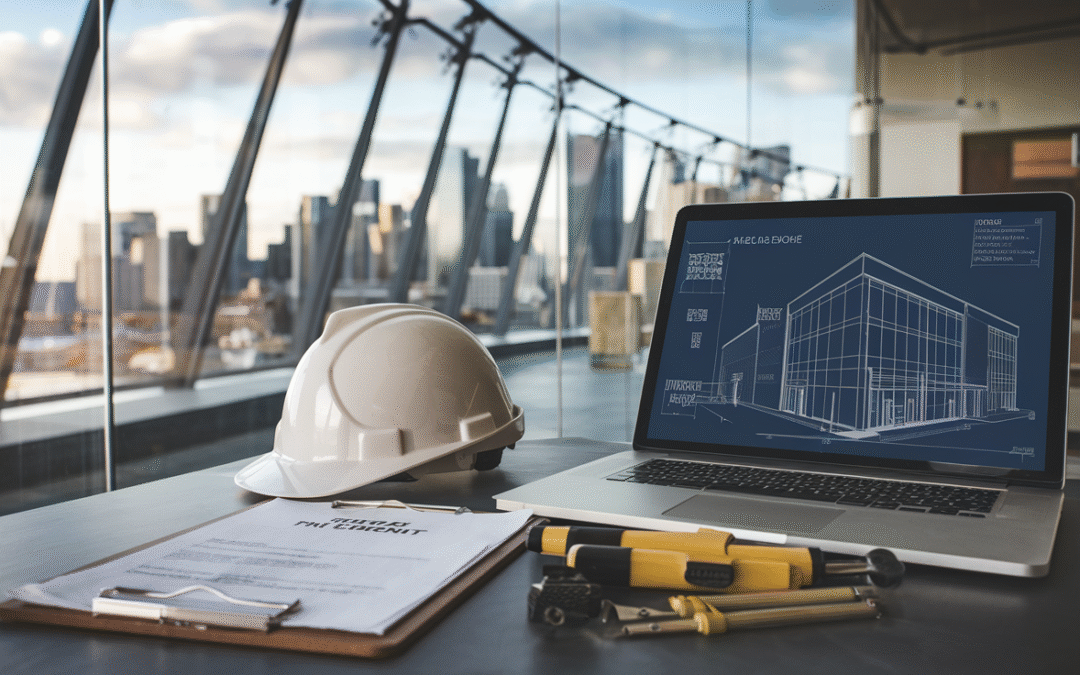Implementing Smart Building Technologies in Commercial Spaces
In today’s digital age, incorporating smart commercial building technology has become crucial for developers and property managers aiming to optimize building performance, enhance tenant experiences, and increase energy efficiency. The integration of these technologies not only addresses operational challenges but also aligns with sustainability goals and elevates property value. In this article, we’ll explore how to successfully implement smart building technologies in commercial projects across the Bay Area and why it’s a smart investment for property stakeholders.
Table of Contents
- Understanding Smart Building Technologies
- Benefits of Smart Technologies in Commercial Spaces
- Key Steps to Implement Smart Technologies
- iBuild’s Integration Process
- Case Study: Smart Technologies Success
- Conclusion
- Get Started with iBuild
Understanding Smart Building Technologies
Smart building technologies comprise a range of automated systems that monitor and control various functions within a building, including heating, ventilation, air conditioning (HVAC), lighting, security, and energy usage. By utilizing sensors, real-time data analytics, and IoT integrations, these technologies provide building owners and operators enhanced control and insights into their property’s operations. A trusted source like energy.gov details how innovations in building automation contribute to significant energy savings and improved operational efficiencies.
Benefits of Smart Technologies in Commercial Spaces
Improved Energy Efficiency and Sustainability
By integrating smart technologies, commercial spaces can greatly reduce energy consumption. Automated systems adapt to real-time data, adjusting lighting and temperature controls to reduce wastage. This not only cuts costs but also helps in meeting environmental regulations and achieving sustainability certifications.
Enhanced Tenant Experience
Smart building technologies offer tenants increased comfort and convenience through personalized climate control, advanced security features, and intuitive lighting systems. These are crucial for retaining high-profile tenants seeking modern and comfortable working environments.
Increased Operational Efficiency
The data-driven nature of smart technologies allows property managers to monitor building performance continually. It enables predictive maintenance, where issues are addressed before they lead to costly repairs, minimizing downtime and disruptions.
Key Steps to Implement Smart Technologies
Assess Building Needs and Goals
The first step is to conduct a thorough assessment of the building’s current systems and future goals. This helps in identifying specific areas where smart technology can provide the greatest benefit. Engage experienced professionals to evaluate site conditions and design requirements for effective integration.
Choose the Right Technology Partners
Selecting the right technology partners is crucial for successful implementation. Collaborate with providers who offer cutting-edge solutions and have a proven track record with commercial projects similar to yours.
Integrate Systems Seamlessly
Ensure different systems—such as HVAC, lighting, and security—are integrated seamlessly. Proper communication between these systems maximizes efficiency and reliability. Advanced planning and project management are essential to achieving optimal integration.
Implement Training and Support
Post-implementation, it’s important to train facility management staff on the new systems. Regular training and support services ensure that the staff can operate and maintain the systems effectively.
iBuild’s Integration Process
iBuild Design and Construction specializes in architect-led design-build services that integrate smart technologies into commercial spaces efficiently. Our process begins with a comprehensive feasibility study and conceptual design, guiding the project’s vision from inception to completion while maintaining the architectural integrity and functional requirements. Learn more about our services.
Case Study: Smart Technologies Success
Let’s consider a fictional scenario where a large grocery retailer partnered with iBuild to retrofit their space with smart technologies. The results were impressive: energy consumption was reduced by 30%, maintenance costs decreased by 25%, and the retailer observed a 20% increase in customer satisfaction due to improved in-store climate conditions and enhanced shopping experience.
Conclusion
Implementing smart building technologies in commercial spaces offers numerous benefits, including enhanced energy efficiency, better tenant experiences, and increased operational efficiencies. Partnering with a trusted firm like iBuild ensures the process is seamless and outcomes are optimized to meet your specific needs.
Get Started with iBuild
Ready to enhance your commercial space with smart technologies? Partnering with iBuild Design and Construction will ensure innovative solutions are expertly integrated into your project. Contact us today to discuss your goals and explore how we can transform your vision into reality.

